|
Click here to Cape York is a hard to reach and sparsely populated peninsula in Far North Queensland, Australia. The remote region borders coral gardens of the Great Barrier Reef along its eastern coast and is considered the largest untamed wilderness in northern Australia. But its beaches are hardly untouched by humans. Ripping currents plus winds from the South Pacific and Southeast Asia converge to make this region one of the worst polluted in the world. On October 12, 2018, the Parley Australia team set out on an exploration trip around the tip of Cape York to locate some of the most heavily polluted beaches and Islands. With the use of a special amphibious vehicle, the team conducted spot cleans on several bays and hard to access areas. . Cleanup findings provided shocking evidence of illegal rubbish disposal from container ships entering the Great Barrier Reef Marine Park. Pollution from countries all across the Pacific were found scattered across the beaches, including high quantities of bleach bottles used for fishing practices, large amounts of fishing nets, floats and fish aggregating devices, and — most alarming — a toxic silver pesticide canister like those first spotted in North Queensland from an offshore spill back in 2012.
The Australian Maritime Safety Authority warns that these deadly canisters pose a serious health risk to anyone who comes in contact with them. Roughly the size of a drink bottle, the canisters are filled with aluminum phosphide — rat poison crystals. When the powder is exposed to moisture in the air, it forms a phosphine gas, which can ignite and cause headaches, dizziness, nausea, eye irritation, asphyxiation and even death in humans. Upon finding the bottle, the Parley crew immediately contacted emergency services, who arrived via helicopter with full body suits to secure the item and transport it to Horn Island, where the toxic material will be neutralized. As part of our global Parley AIR (Avoid, Intercept, Redesign) strategy, Parley is leading collaborative cleanups, education and conservation initiatives across Australia. The program aims to conduct more large-scale cleanups with a strong focus on remote Cape York areas
1 Comment
|
Archives
February 2021
Categories |

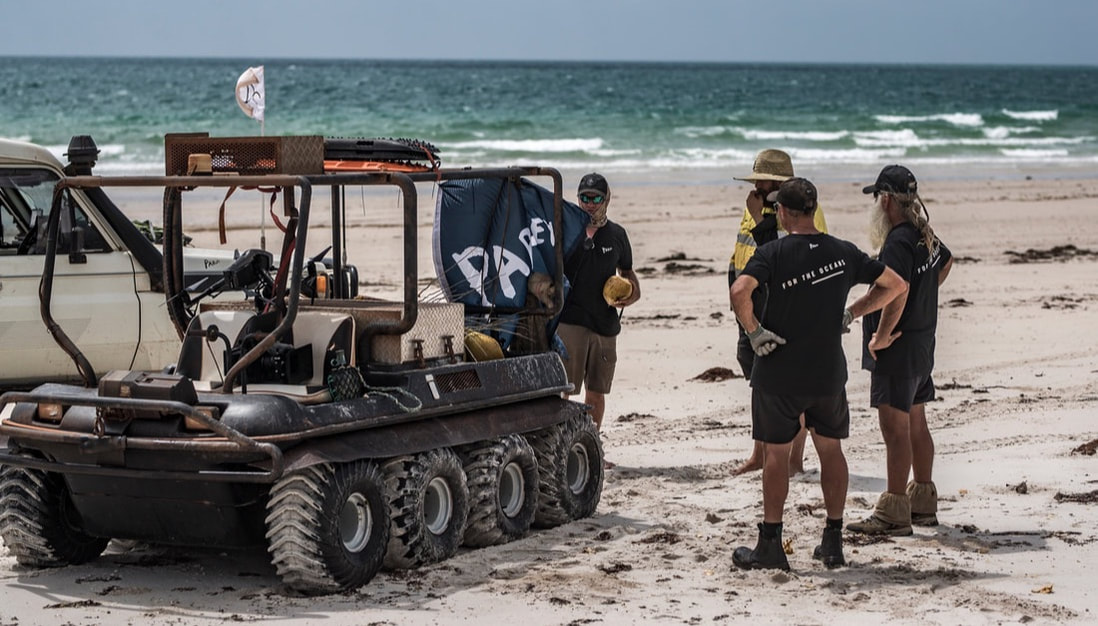
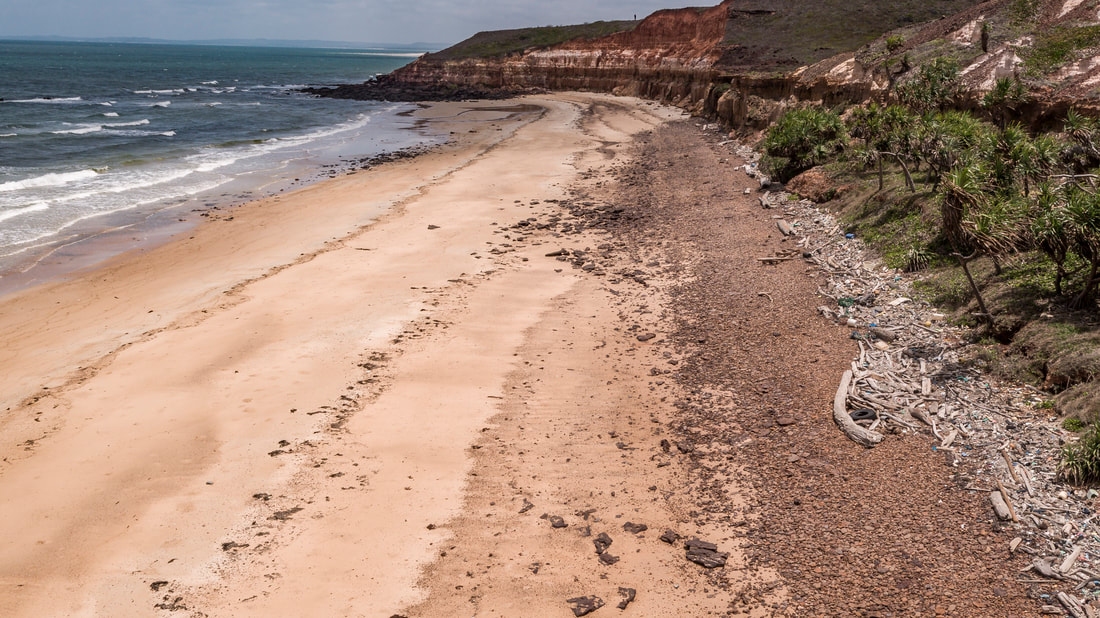
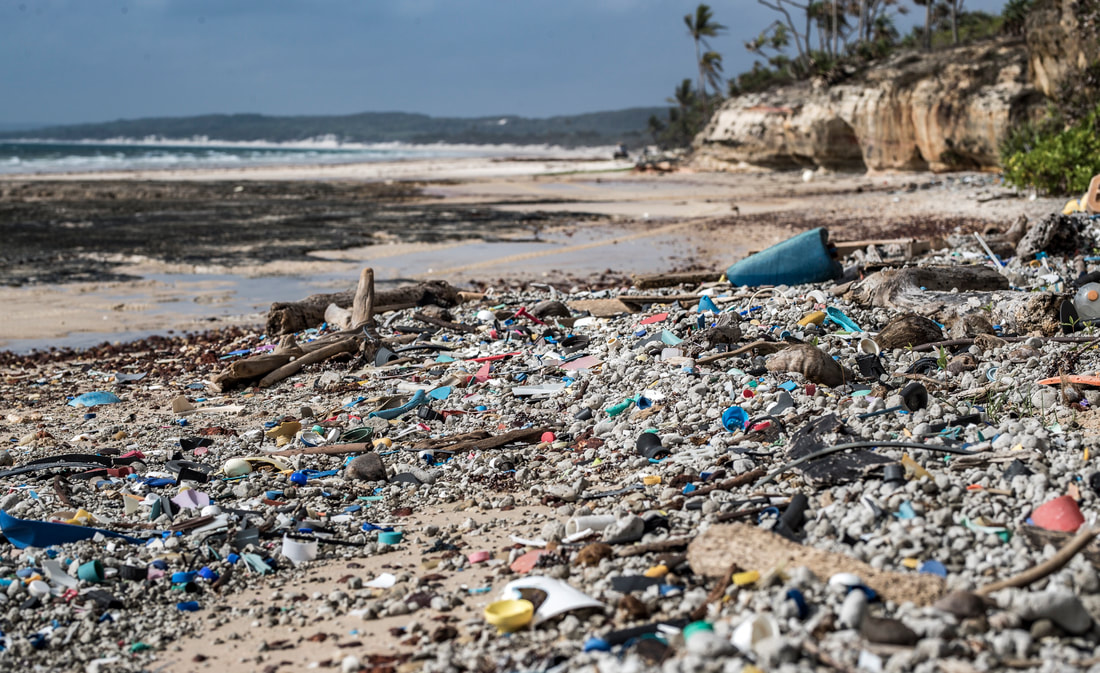
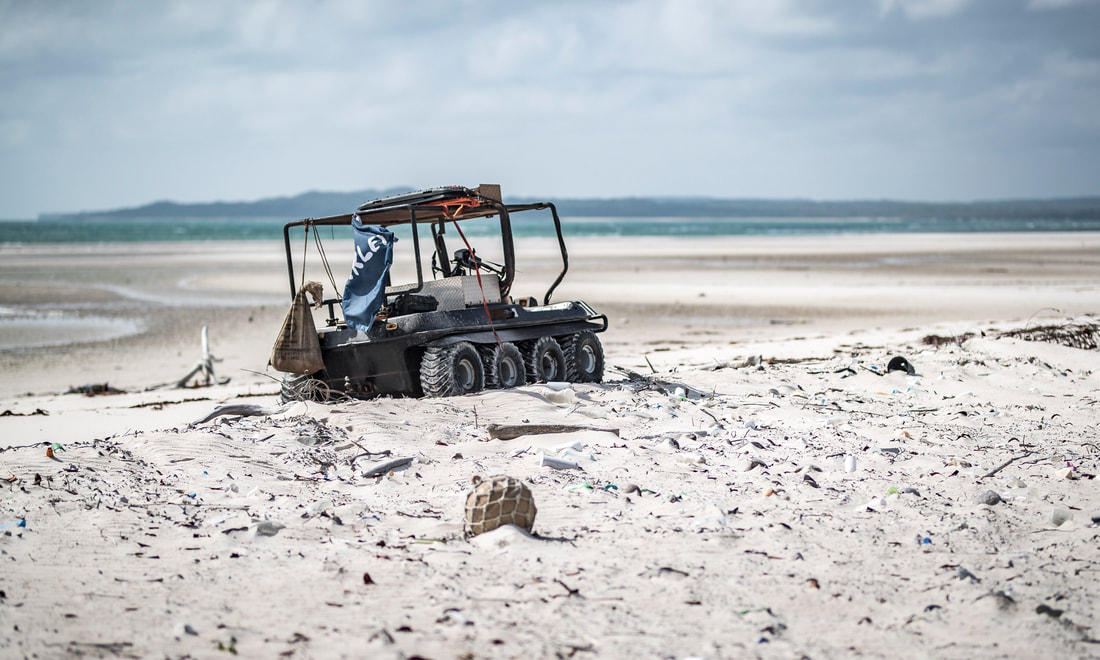
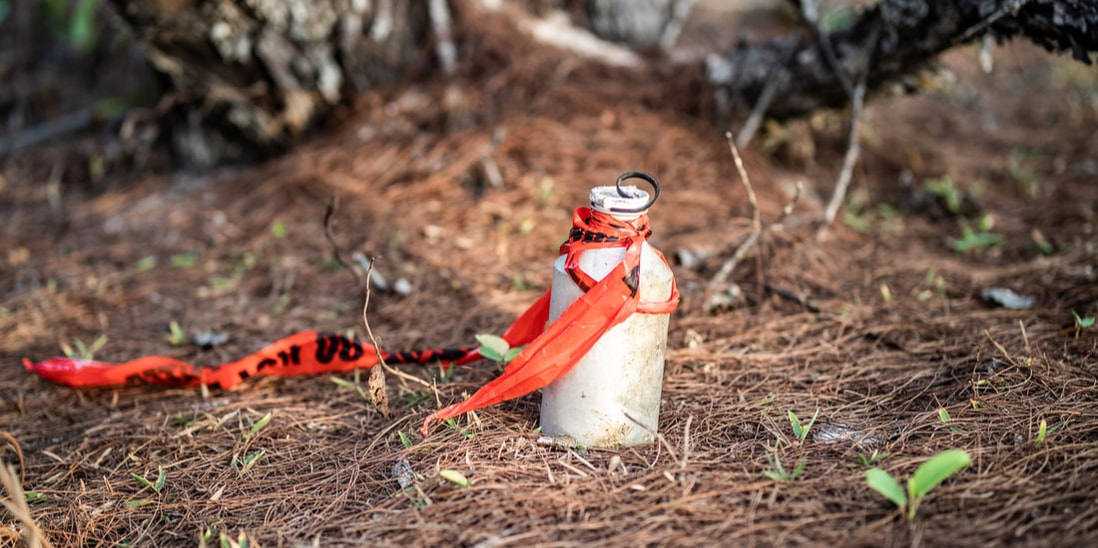
 RSS Feed
RSS Feed